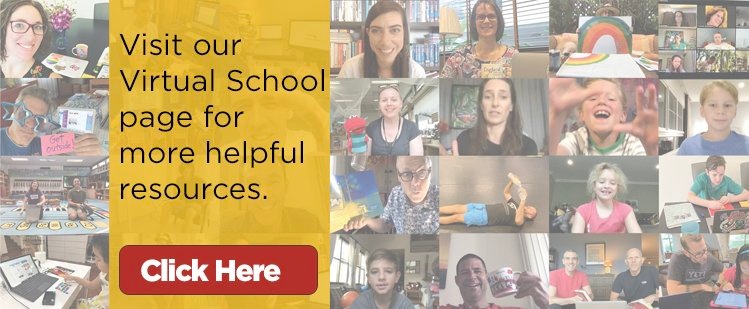Tips on Multilingual Learning at Home from ISB
The International Day of Multilingualism is celebrated each year on March 27th – a date famously inscribed on the Rosetta Stone.
This year, ISB staff Shelley Bragg, Avery Udagawa and Marie Gaetgaeow got together (online of course) in celebration of this special day.
In this video they discuss the importance of multilingualism. Sharing tips for parents on how to help students practice multilingual learning at home.
Watch the ISB Multilingual Learning at Home Video:
 Research has long demonstrated the link between learning multiple languages and brain development.
Research has long demonstrated the link between learning multiple languages and brain development.
Multilingual learning creates new connections and pathways in the brain, enhancing our ability to think and communicate.
Children are especially adept at language learning, as their developing minds can swiftly absorb the necessary sounds, rules, structures, and intonation patterns.
Learning a new language also builds understanding and empathy by offering a gateway into another culture.
At International School Bangkok (ISB), multilingualism is a part of our everyday life.
Most of our students are learning at least two languages simultaneously, and many of them speak multiple languages fluently already.
Helpful Tips for Parents for Home Learning
Due to the ongoing COVID-19 situation, all ISB students are now taking classes virtually. There are many fun and fascinating ways for students to enhance their multilingual learning at home. Here are a few tips from the International School Bangkok:
Work in all of your languages
We encourage students to discuss their assignments with their parents in their native language(s) and any other common language. Students are also free to conduct research in any language, before responding to their teachers in the assigned language. Using multiple languages can help learners deepen their understanding of academic concepts in multiple fields, while bolstering their language skills at the same time.
4 areas of language learning
When learning a language, students must practice the four different modalities: speaking, listening, reading, and writing. Of necessity, virtual school often emphasizes the reading and writing components. Students frequently read books, texts, and research, and then submit their assignments in writing. However, this format puts less emphasis on speaking practice, and so we also encourage students to find alternative ways to submit their assignments.
Use different tools
Instead of turning in a written document, sometimes your child could submit an audio recording or a video clip, if the assignment allows it. Outside of class time, and when all homework is completed, we encourage students to watch movies or other media in second or third languages to practice the listening modality. Or have an online conversation with a relative, mentor, or friend!
Take advantage of the adjustment
As we have measured in the past, students at ISB use the English language for 75% of an average day, and other languages for the remaining 25%. While studying from home, students are encouraged to flip that ratio, and focus more on languages other than English, especially if English is their second language. There will be lots of English exposure again when campus reopens—and native language strength fuels acquisition of English.










 日本語
日本語
 한국어
한국어
 中文 (简体)
中文 (简体)
 ภาษาไทย
ภาษาไทย
